These motifs correspond particularly well to this veil which covers the tabernacle welcoming the consecrated hosts. The veil usually followed the liturgical season, which was Pentecost for red.
But with regard to the color of Christ and given the embroidery subjects associated with it, it is undoubtedly a conopée that falls outside the liturgical time.
A 19th century work, probably from the Chatel and Tassinari house in Lyon, founded in 1680 in Lyon
Dimensions 63 cm by 82 cm wide.
A rather rare liturgical object, as it has almost fallen into disuse. The veil indeed masked the aesthetics of the tabernacle. Here, however, we touch on the very essence of the biblical tabernacle which was, before the construction of the Temple, a mobile tent. It is in a way, a tabernacle in its old meaning which covers... the tabernacle of a consecrated place. As in the Old Testament, the tabernacle is the inviolable House of God. no one enters it.




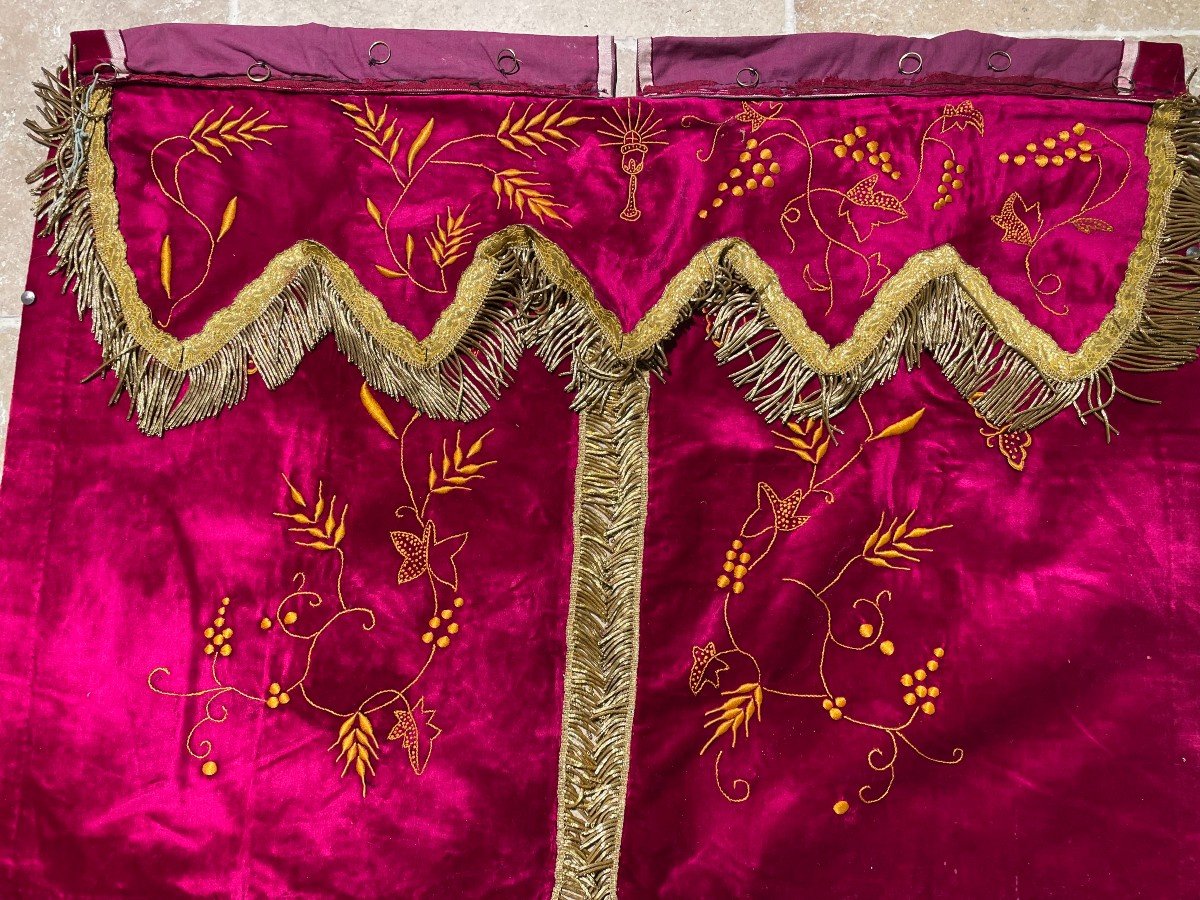
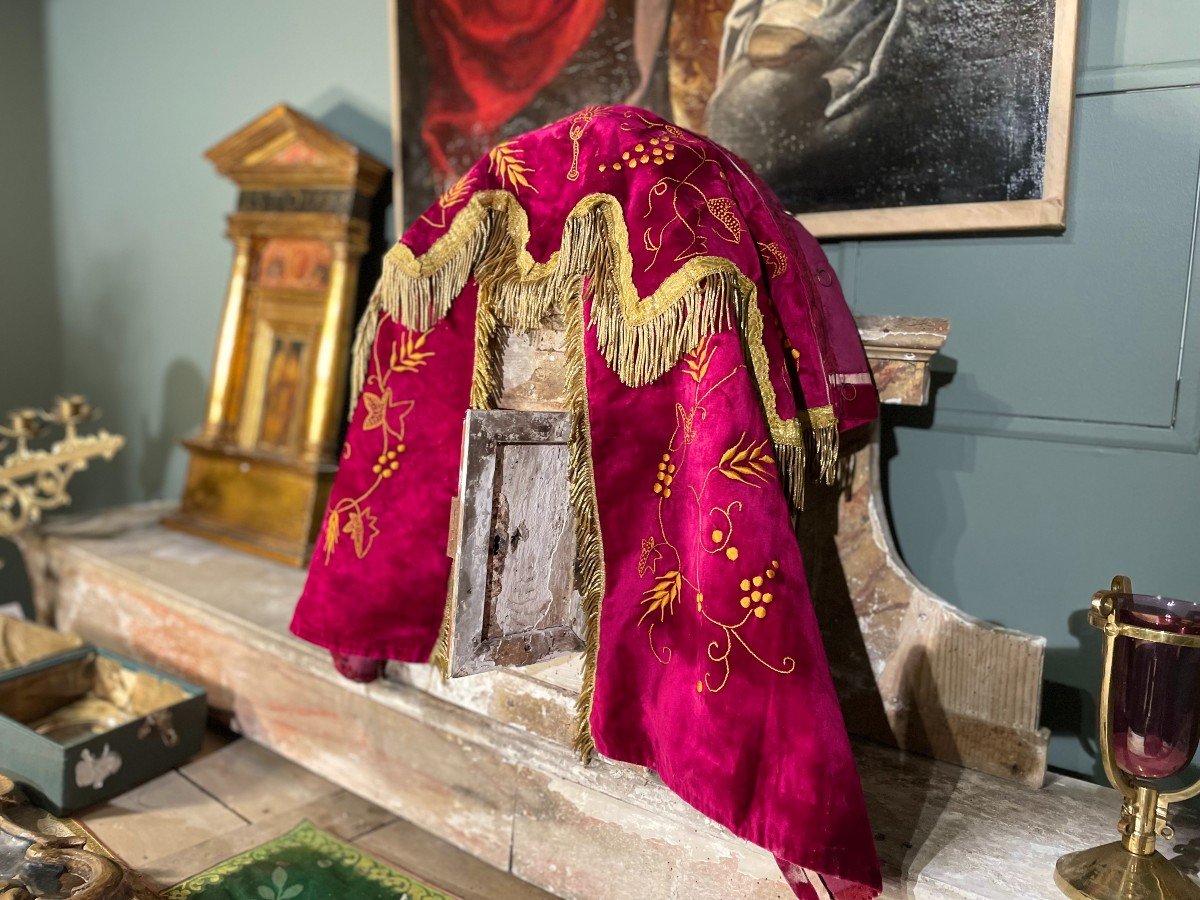

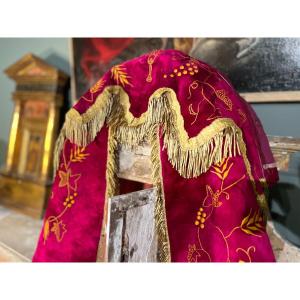






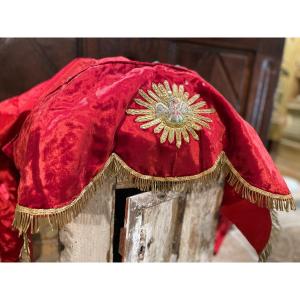

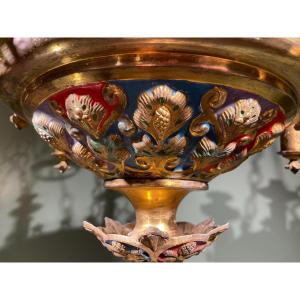

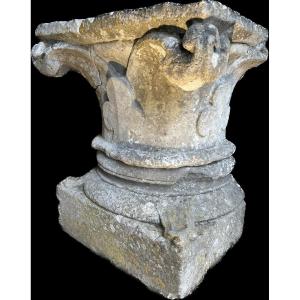



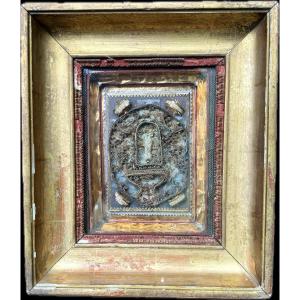


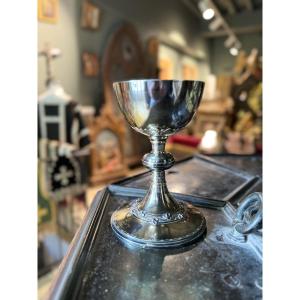
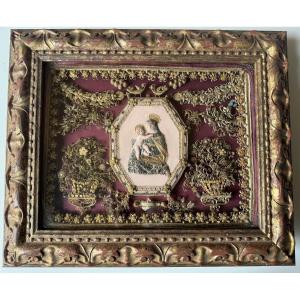
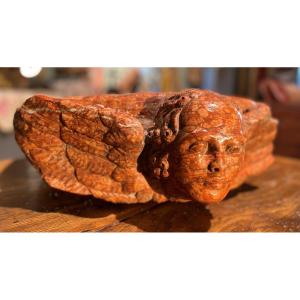


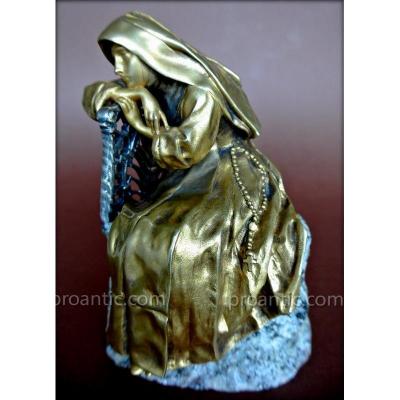





 Le Magazine de PROANTIC
Le Magazine de PROANTIC TRÉSORS Magazine
TRÉSORS Magazine Rivista Artiquariato
Rivista Artiquariato